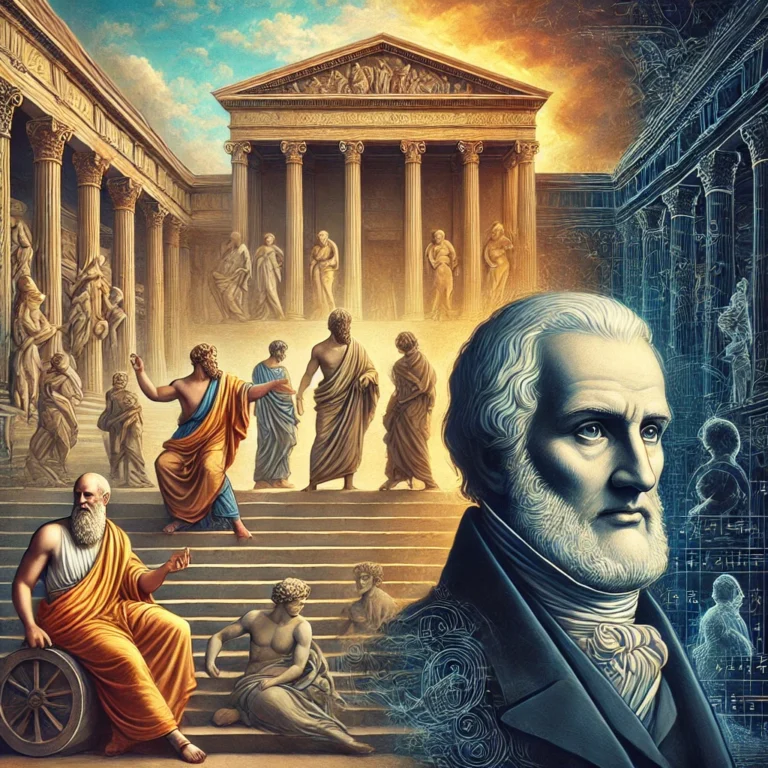Definição e visão geral
Aesthetic refers to principles concerned with the nature and appreciation of beauty, especially in art. It involves studying and understanding what makes an object or experience pleasing to the senses and how individuals perceive and value artistic expressions.
Contexto histórico de origem
The concept of aesthetics dates back to ancient Greece, with philosophers like Plato and Aristotle exploring ideas of beauty and art. However, German philosopher Alexander Gottlieb Baumgarten first coined the term “aesthetics” in the 18th century. He introduced it to designate the science of sensory perception, laying the groundwork for aesthetics as a distinct philosophical discipline.
Principais características ou recursos
- Perception of Beauty: Focuses on how beauty is recognized and appreciated through the senses.
- Philosophical Inquiry: Involves examining the nature of art, taste, and artistic judgment.
- Subjectivity: Recognizes that perceptions of beauty vary among individuals and cultures.
- Emotional Response: Explores how art evokes feelings and emotional reactions.
- Cultural Influence: Acknowledges that cultural and historical contexts shape aesthetic principles.
Exemplos notáveis de figuras
- Immanuel Kant: His work “Critique of Judgment” is foundational in aesthetic philosophy. It analyzes the nature of beauty and taste.
- The Aesthetic Movement: A late 19th-century art movement emphasizing beauty and aesthetic experience over practical or moral considerations, featuring artists like James McNeill Whistler and designers like William Morris.
- Clive Bell: An art critic who introduced the concept of “significant form” as the basis for aesthetic appreciation in art.
Fato ou anedota interessante
The term “aesthetic” comes from the Greek word “aisthētikos,” meaning “perceptible by the senses.” Initially, it was more about the sensory experience rather than beauty alone. This highlights how the understanding of aesthetics has evolved to encompass a broader exploration of art and beauty.
Sugestões de ilustração visual ou imagens
- An image of diverse artworks from different cultures is displayed in a gallery.
- A side-by-side comparison of classical and modern art pieces to illustrate changing aesthetics.
- A diagram showing the emotional responses elicited by various art forms.
Relevância ou aplicação moderna
In contemporary art, aesthetics influences how artists create and how audiences interpret art. With the rise of digital media, aesthetics also plays a crucial role in design, advertising, and user experience, affecting how products and content is perceived in the modern world.
Termos ou conceitos relacionados
- Art Criticism: The evaluation and interpretation of artworks closely linked to aesthetic judgment.
- Beauty: A core concept in aesthetics, relating to what is pleasing to the senses or mind.
- Taste: An individual’s personal and cultural patterns of preference and choice in art and aesthetics.
Citações ou depoimentos
“Beauty in things exists merely in the mind which contemplates them.”
— David Hume
Elemento interativo ou prompt
Think about a piece of art, music, or literature that you find beautiful. What elements contribute to its aesthetic appeal for you? Consider how your personal experiences and cultural background influence your perception of its beauty.
This image illustrates the evolution of the concept of aesthetics, beginning with ancient Greek philosophers like Plato and Aristotle, and transitioning to the 18th-century philosopher Alexander Gottlieb Baumgarten, who coined the term ‘aesthetics’ to represent the science of sensory perception. The artwork symbolizes the historical and philosophical progression of aesthetics as a distinct discipline, combining classical Greek architecture with Enlightenment-era imagery.

